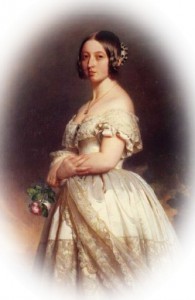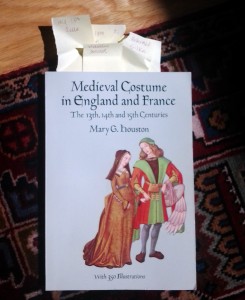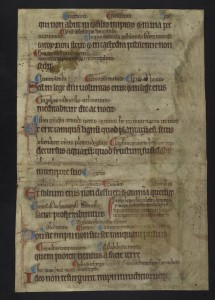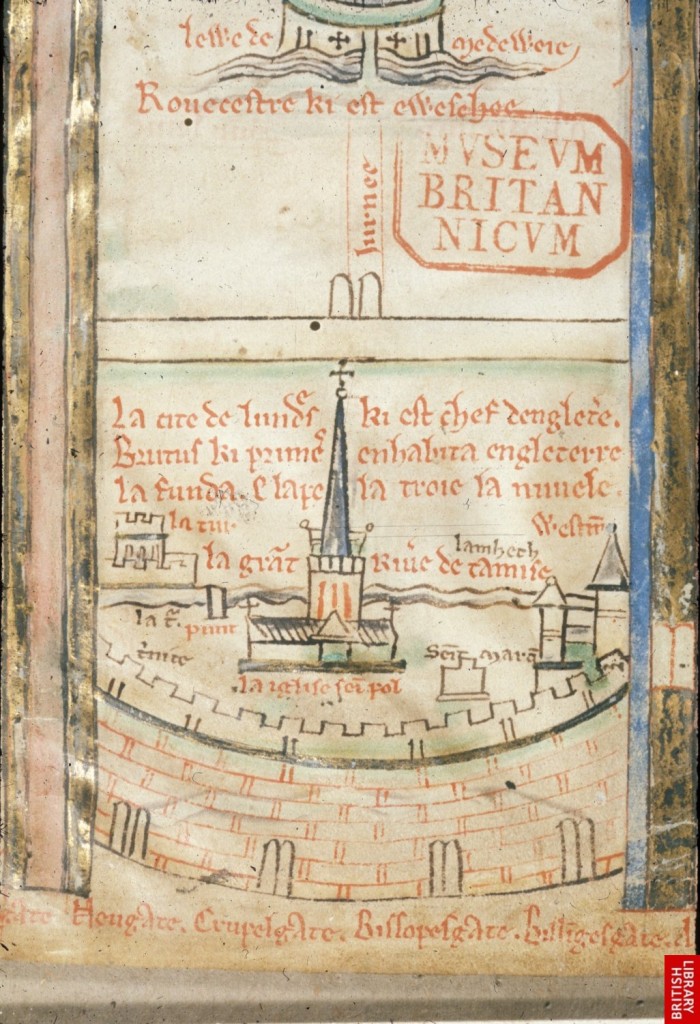Category: Research Resource
The Swiss–A Fighting Force Terrible to Behold
Give me a line of men with halberds *swoon*
Occasionally I read an article somewhere that I just HAVE to share with you all. Today’s treat comes from The Daily Beast of all places, and it’s topic is the Swiss mercenaries of the 14th to 16th centuries.
If you’ve been to Rome and visited Vatican City, you’ve seen the descendants of these bad boys. Because as the article says:
the Popes hired the very best, the most lethal, the most dedicated mercenaries available. Starting in the late 15th Century under Pope Sixtus IV that was…the Swiss.
Queen Victoria’s Diaries Available On-Line for History Lovers Everywhere
She ruled the British Empirefor more than fifty years and was half of one of the greatest royal love stories. Queen Victoria is a natural figure of interest for lovers of English royal history everywhere, myself included, and today is our day! Britain’s Telegraph reports that Victoria’s private journals are being made available on-line–all 141 volumes of them. Now that’s my kind of beach reading! These journals have certainly rocketed to the top of my TBR pile. 
For serious researchers, the journals can be searched by date or place of entry and some portion is already searchable by keyword (thanks to transcription). The website showcasing the diaries also features supporting material—including timelines, essays onVictoria’s reign, and sketches inVictoria’s own hand.
An Armchair Guide to Fashions of Medieval France and England
Today I am inaugurating a new type of post, Historical Resources I Love, giving me an opportunity to share some of the many volumes I keep close at hand while writing. These are books, websites, etc that will allow you to delve more deeply into the history related to The Sister Queens should you so choose.
First up, Medieval Costume in England and France: The 13th 14th and 15th Centuries by Mary G. Houston. 
Tired of reading about “sleeveless surcoats” without being able to imagine what one looks like? Don’t know your Agrafe (a brooch used to fasten a cloak) from your Agraffes (hooks and eyes used on armor and other garments)? This slender volume will set you straight. What do I love about it? It’s brief, well researched, amply illustrated and covers bothEngland and France (handy when you are writing about sisters who became the queens of those kingdoms). So slip into something comfortable, setting down in your chair and explore the fashions of the past.
A Glimpse of 13th Century London Through Matthew Paris’s Eyes
Another image to share. This one still and far older than the video I posted yesterday.
Here for your enjoyment is A drawing of London by the chronicler Matthew Paris from his Historia Anglorum, Chronica majora, Part III; Continuation of Chronica maiora. This manuscript is now in the collection of the British Library.
This sketch is believed to have been executed between 1250 and 1259.
A Treasure Trove of Medieval and Renaissance Manuscripts Goes Digital
Lovers of Medieval and Renaissance Manuscripts rejoice (I am certainly celebrating)! The University of Pennsylvania, with funding from the National Endowment for the Humanities, has finished digitizing a significant number of its rare Medieval and Renaissance manuscripts so that researchers and history-junkies alike can peruse them from the comfort of their own homes.

While the Rare Book and Manuscript Library on the sixth floor of Van Pelt Library includes over 2,000 pre-19th century western manuscripts, the on-line collection – called ““Penn in Hand: Selected Manuscripts” – currently offers access to facsimiles of just over 1,400 documents. I’ve checked out the site – in fact I’ve just finished enjoying a 1566 letter from Charles IX of France to his ambassador at the Spanish court of Phillip II – and there are many convenient ways to browse and search the manuscripts, including by year, by language and by author.
So what are you waiting for? You KNOW you want to look.

